There is a trend spreading through post-secondary institutions on a global scale. This new movement, embraced by university leaders worldwide, is making community outreach and engagement a central focus – a priority pioneered by the Astronomy and Astrophysics Department at U of T over a century ago.
Universities have many reasons for outreach and engagement with the public, but they can often be for the benefit of the university itself – raising profile, raising funds, recruiting students. For the Astronomy and Astrophysics Department at U of T, the agenda has never changed.
“While we’re always on the lookout for bright young people who might make good astronomers, our main goal is more to increase the appreciation and understanding of science among people who aren’t intending to become scientists,” says Dr. Michael Reid, Coordinator of Public Outreach and Education, Dunlap Institute for Astronomy and Astrophysics and Assistant Professor, Teaching Stream, Department of Astronomy and Astrophysics, U of T.
Professor John Percy, Professor Emeritus in Astronomy and Astrophysics, and in Science Education at the Ontario Institute for Studies in Education (OISE) believes “that everybody needs to understand where they are in the universe. We owe our existence to the earth, our planet, to the sun. All the atoms in our body are created in the cosmos. But ultimately, we need to know about it for the same reason we need to know about all of nature, because we’re part of it.”
University President Meric Gertler highlighted “Leveraging our Location” as one of his three priorities for U of T in his discussion paper, with the goal of “taking better advantage of our location in one of the world’s most vibrant, culturally diverse and economically dynamic regions, for the benefit of both the University and the residents of the Greater Toronto Area.”
For the Department of Astronomy, the belief in outreach and engagement begins with Clarence Augustus Chant, founder of the department. His primary activities involved the teaching of astronomy to students, teachers, and the public as well as giving numerous public lectures and writing many popular articles. One of these public lectures led to the eventual founding of the David Dunlap Observatory, which when it opened in 1935, housed the second-largest telescope in the world.
This tradition carried on through Frank Scott Hogg – faculty member, department head and director of the David Dunlap Observatory – who, along with his outstanding service to the local community and the wider astronomical community, wrote a weekly column on astronomy for the Toronto Daily Star.
After his death, his wife Helen Sawyer Hogg, also an eminent astronomy professor at U of T, carried on the weekly column for an astonishing 30 years. With innumerable awards and honours to her name, she is remembered as Canada’s best-known and most beloved astronomer – the result of her excellence in teaching, research, professional service, and especially in communication of astronomy to the public.
This tradition of outreach continues today. Dr. Reid oversees public outreach activities at the Dunlap Institute. “I specialize in interpreting astronomy for the general public, and in teaching other scientists how to do that.”
Professor Percy wished to “emphasize the importance of what our graduate and undergraduate students do in their participation in the outreach program. It’s good for them. It’s good for us. It’s good for the people that they serve.”
Some of these community engagements include Sidewalk Astronomy, where telescopes are set up for the public to look through and have their questions answered, and Astronomy on Tap T.O., where people gather at a local pub for short presentations, games and – most of all – the opportunity to ask questions of the astronomers. The department also sends speakers to libraries, schools, and retirement homes to talk to people about astronomy.
Recently, graduate students have begun hosting a series of programs in the department’s basement planetarium called Astronomy’s Golden Age. The program explores the remarkable astronomical ideas of the Islamic Golden Age and the modern discoveries they are connected to. All the proceeds from these programs are being donated to the Canadian Red Cross to provide aid to people in need in Syria and neighbouring countries, and help resettle the 25,000 refugees coming to Canada.
For Dr. Reid the hope is “that the public gains access to new ideas and new ways of thinking. We hope to inspire them, to make them a little bit more curious about the world they live in and how it works. And we hope to help inform them about the kinds of science people need to know about to make good decisions in the 21st century.”
As the rest of the academic world begins catching up with the ideas of community engagement and outreach that the Department of Astronomy and Astrophysics at U of T has been practicing for a century, the future of interaction between the public and educators is coming into focus – closer and brighter than ever before.























